The AU$300 Million Question That Should Have Every Operations Manager's Attention
Toll Group moves dangerous goods distances equivalent to travelling to the moon and back daily1. McColl's operates 770 tankers across 23 depots nationwide2. Centurion runs over 2,000 vehicles through 20 distribution centres3.
These industry leaders have achieved impressive results: for instance McColl's cut Lost Time Incidents by 50%2. Linfox reached a record-low injury rate of 5.8 TRIFR4.
But here's what the industry doesn't talk about: while leading telemetry systems like Geotab and Lytx have delivered safety improvements, they may be creating a hidden crisis in driver wellbeing that threatens long-term sustainability.
The Telemetry Revolution: Success and Its Hidden Costs
What's Working
Telemetry has delivered undeniable safety improvements. Geotab achieved 5.5% reduction in predicted collisions7. Lytx data shows 20% reduction in fatal crashes and 35% reduction in injury crashes8. Flogas, transporting Class 2 gases, saw 43% reduction in collisions using Lytx technology9.
For dangerous goods transport specifically, these systems provide:
- Real-time cargo condition monitoring
- Driver identity verification
- Leak detection and theft prevention
- Fatigue and distraction monitoring
The Psychological Price Tag
But here's what telemetry vendors don't advertise: 31% of monitored employees feel micromanaged, and 23% feel under constant surveillance10. The Victorian parliamentary investigation found Australian employers are increasingly surveilling employees, often without their knowledge11.
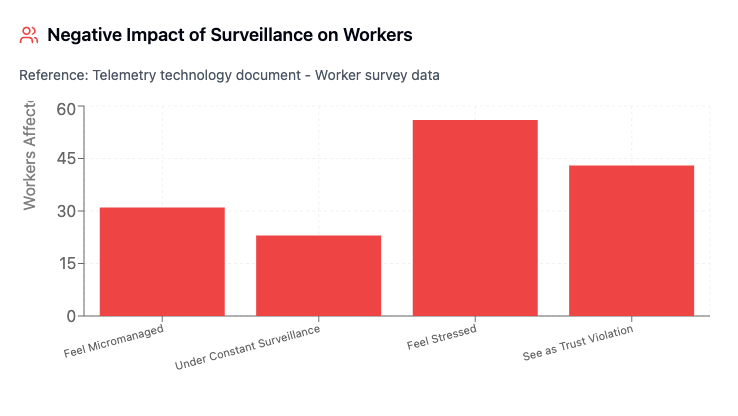
The impact is severe:
- 56% of watched workers feel stressed12
- 43% see surveillance as a violation of trust12
- Electronic monitoring decreases job satisfaction and increases stress13
When Lytx cameras flag a harsh braking event or Geotab systems record a speed variance, they're essentially highlighting driver incompetence. Every alert becomes a documented failure. Every notification reinforces: "You're not good enough."
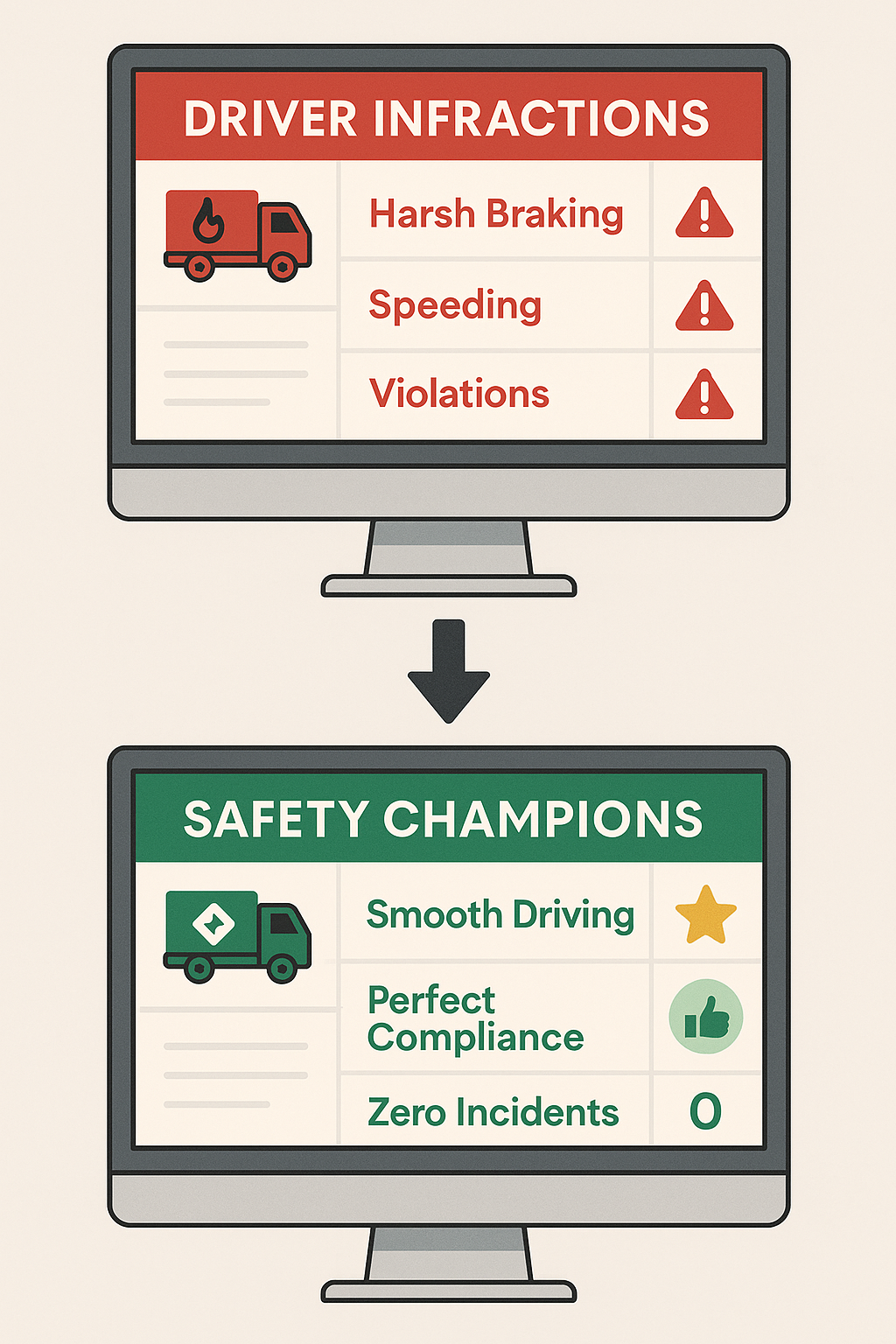
The Science of What Drivers Actually Need
Self-Determination Theory proves humans thrive when three psychological needs are met6:
Autonomy: Having control over how work is done
Competence: Feeling capable and skilled
Relatedness: Being connected to and valued by others
Telemetry systems systematically undermine all three. They remove autonomy through constant monitoring. They erode competence by focusing on failures. They damage relatedness by creating an adversarial "us versus them" dynamic.

Research confirms the damage: turnover rates reach 85-90% in some fleet operations14. Companies with heavy surveillance see workers 35-40% more productive when given freedom instead of being tracked minute by minute15.
The Game-Changing Solution Already at Your Fingertips
Here's the breakthrough: you already have all the data you need to transform driver morale overnight.
Every shift, your telemetry systems generate reports showing driver infractions. What if you simply inverted this data?
Instead of focusing on who had the most harsh braking events, celebrate who had the smoothest driving. Rather than highlighting speeding violations, recognise perfect compliance. Take that end-of-shift infraction table and flip it to show excellence.
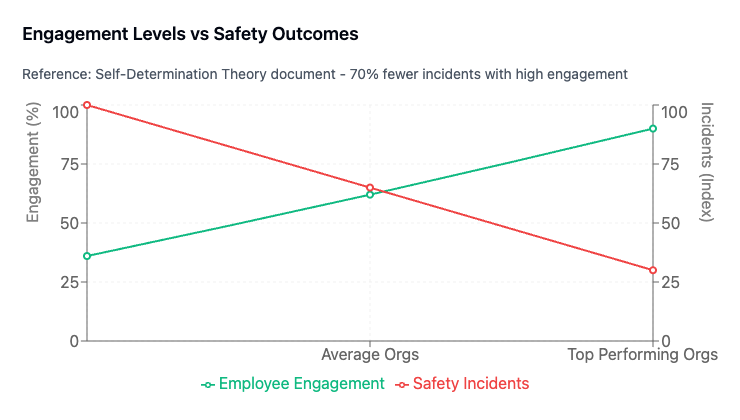
The Simple Implementation That Changes Everything
Week 1: Identify your top 3 performers in two categories:
- City driving (complex, stop-start conditions)
- Country driving (long-haul, fatigue management)
Week 2: Recognise these drivers publicly. Award points-based recognition that drivers can redeem for rewards they choose.
Week 3: Watch as drivers start competing for positive recognition rather than avoiding negative attention.
During the first month, measure the shift in near-miss reporting, safety suggestions, and overall engagement.
This isn't about replacing your telemetry systems. It's about balancing their necessary compliance function with equally important recognition of excellence.
Why October is Your Perfect Launch Window
National Work Safety Month makes October ideal for piloting positive recognition. While competitors focus on more rules and compliance, you'll be launching something drivers actually want.
Imagine the message:
"This October, we're not just monitoring safety, we're celebrating it."
The Competitive Advantage Waiting to Be Claimed
Companies implementing positive recognition alongside telemetry see16:
Driver Retention: Workers stay where they're valued, cutting the AU$3,000+ replacement cost per driver
Productivity: Engaged workers are 70% less likely to have safety incidents, reducing downtime and insurance costs
Safety Culture: When drivers compete for excellence rather than hide mistakes, incident rates plummet
Market Position: Become the employer of choice in a tight labour market
Leading operators like Toll, McColl's, and Linfox understand this balance. They use technology for compliance but build culture through recognition.
The Choice is Clear
Your telemetry systems have given you unprecedented visibility into driver behaviour. You can continue using this data purely for compliance - watching turnover rates climb and engagement plummet.
Or you can take that same data and transform it into the most powerful motivational tool in transport: genuine recognition for excellence.
The technology is already installed. The data is already flowing. The only question is whether you'll use it to highlight failures or celebrate successes.
Every major transport company will eventually realize that positive recognition is the missing piece of their safety strategy. The question is whether you'll lead or follow.
Your drivers are waiting. October is here. The competitive advantage is yours for the taking.
Start your pilot now. Because in dangerous goods transport, the companies that make their drivers feel like heroes rather than suspects won't just have better safety outcomes; they'll have the best drivers in the industry. Email us for more info and a demo.


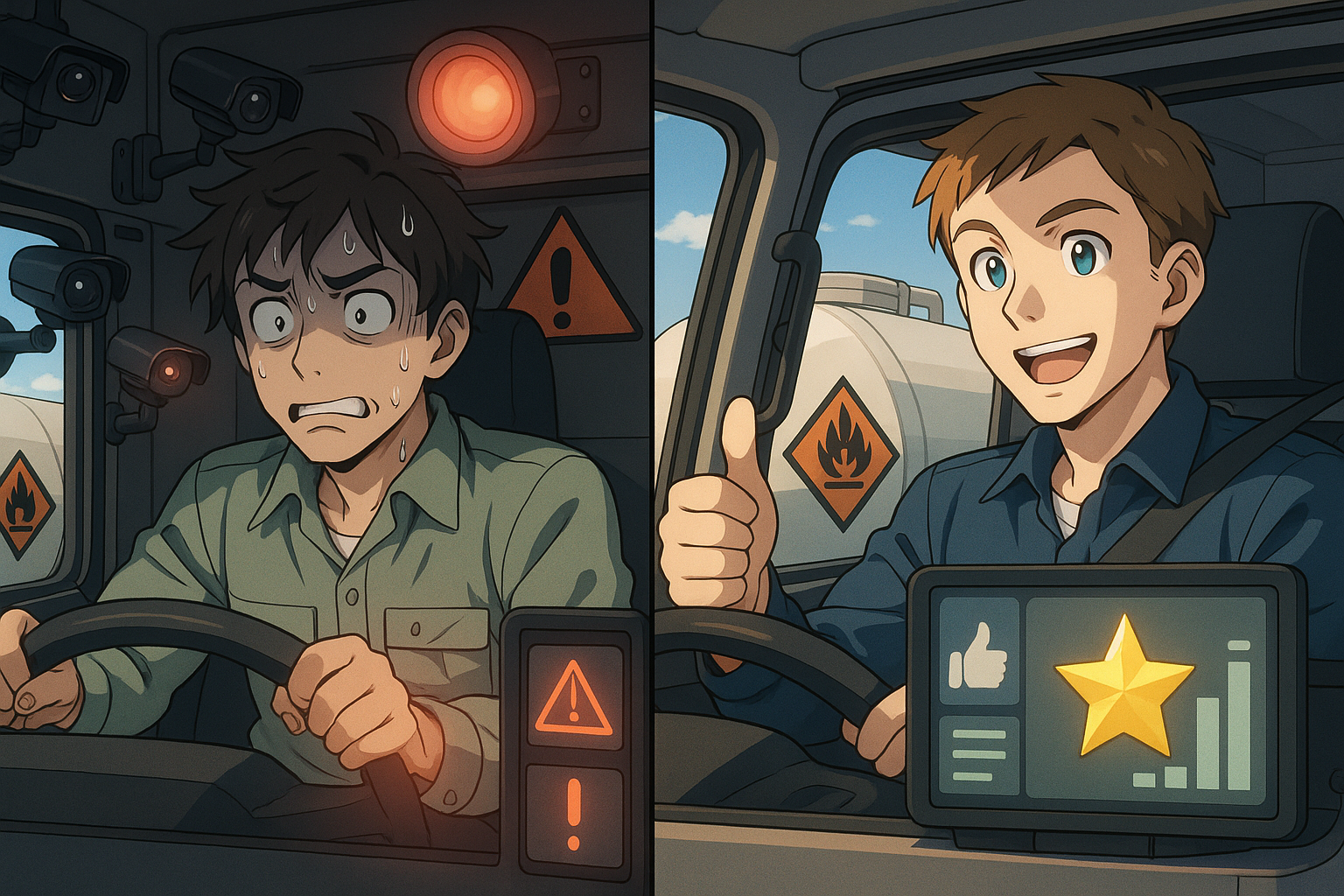
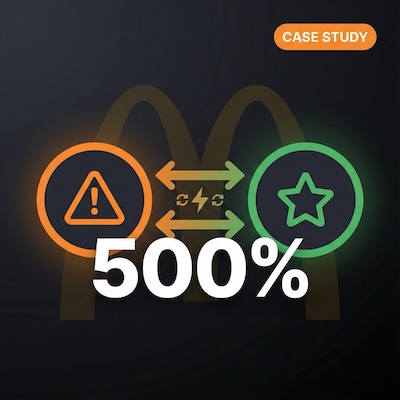

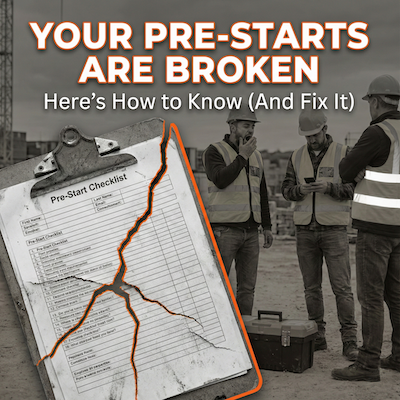




.svg)
